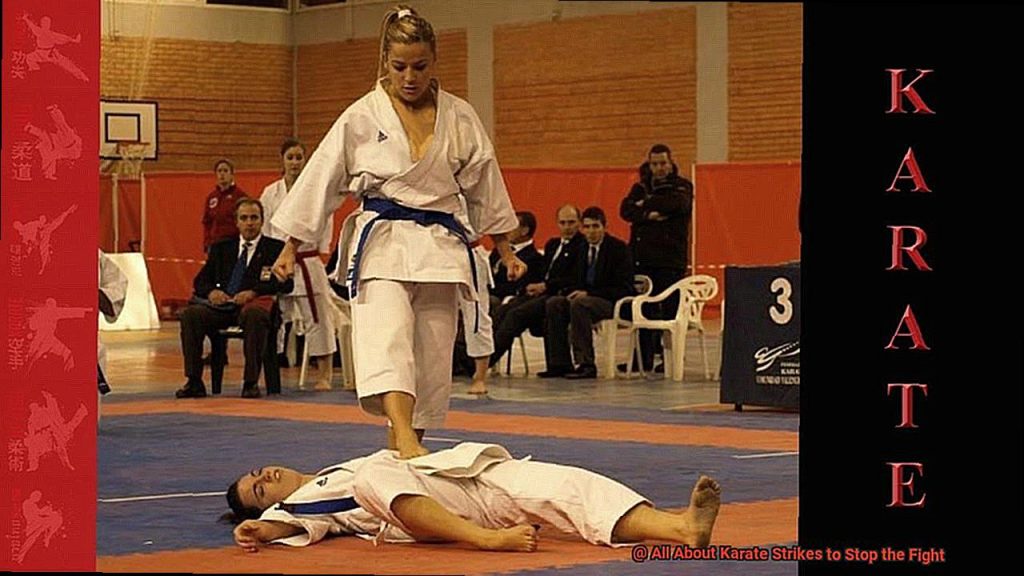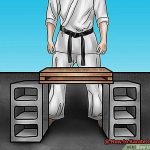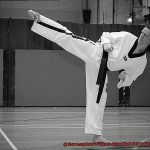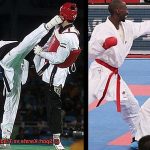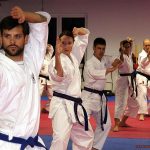Are you looking for a way to stop a fight using karate strikes?
You’ve come to the right place. In this blog post, we’ll explore all about karate strikes and how they can help you avoid a fight.
Karate is an age-old martial art form that has been used for centuries for self-defense. It’s based on principles of balance, surveillance, and precision – allowing you to deliver effective strikes with minimal effort.
Karate attacks can be used to protect yourself as well as prevent a conflict from escalating into something more serious. Karate strikes are designed to be quick and efficient, enabling you to take down your opponent and finish the match without having to resort to more extreme measures.
Depending on the situation, there are several types of karate strikes that can be used in various scenarios – ranging from punches with either closed fists or open palms when facing an unarmed opponent, to kicks, elbows, knees, and blocks when facing armed opponents or multiple attackers. It’s important that you use the correct technique in order for your karate skills to be effective.
We’ll cover everything about karate strikes – from why they work and how to use them effectively – so stay tuned for more.
What are the Main Strikes in Karate?
Karate is an expression of strength, control, and self-defense.
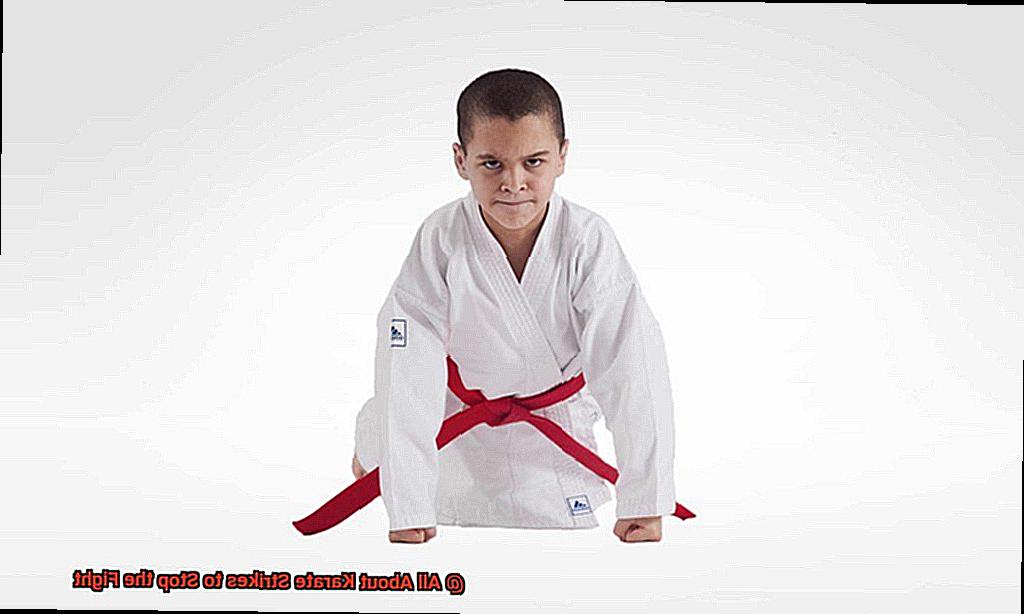
To become a proficient martial artist and effectively defend yourself in a physical altercation, you must master the main strikes in karate. These strikes can be divided into three categories: punches, kicks, and hand strikes with various parts of the hand.
Punches are fast and powerful attacks that can quickly incapacitate an opponent. The most common punches are the straight punch (Jab) and the uppercut punch.
Kicks are also essential karate strikes that can inflict a great deal of damage if used correctly. The front kick (mae geri), the roundhouse kick (mawashi geri), and the sidekick (yoko geri kekomi) are some of the most commonly used kicks in karate.
Lastly, hand strikes with various parts of the hand are called strikes. The knifehand strike, also known as Shuto-uke, is one of these techniques that is delivered using the edge of the hand to target an opponent’s neck or head.
In addition to mastering these strikes, it is important to learn safe stances to produce maximum power and blocking techniques to prevent serious injury or even save your life in a violent confrontation.
The Importance of Karate Punches Strikes
Karate punches and strikes are an essential part of any karateka’s arsenal, providing a powerful form of self-defense that can stop an aggressor in their tracks.
These techniques involve striking an opponent with various parts of the body, including the fists, open palms, elbow, knees, and feet. When executed correctly, these strikes can be devastatingly effective in blocking an attack and delivering a counter-strike.
The importance of mastering these techniques cannot be overstated. Knowing how to deliver punches and strikes correctly is key for defending against an attacker.
By perfecting these techniques, a karateka can develop strong muscles in their arms, shoulders, and core which are essential for delivering powerful blows. Furthermore, practicing strikes helps to improve speed and agility so they can react quickly to an attack and counter effectively.
What is a Karate Strike Called?
Karate strikes are an essential part of martial arts and self-defense.
In Japanese, these attacks are known as “tsuki,” which translates to thrust or punch. Understanding the names and techniques of karate strikes is essential for stopping an attacker quickly and safely.
The most common karate strikes include the “choku-zuki,” a straight punch; the “gyaku-zuki,” a reverse kick; the “oi-zuki,” a lunge punch; the “kizami-zuki,” a jab; the “uraken,” a backfist attack; and the “shuto,” a knife-hand strike. In addition to knowing these names, proper form and posture are key for executing karate strikes effectively with minimal risk of injury.
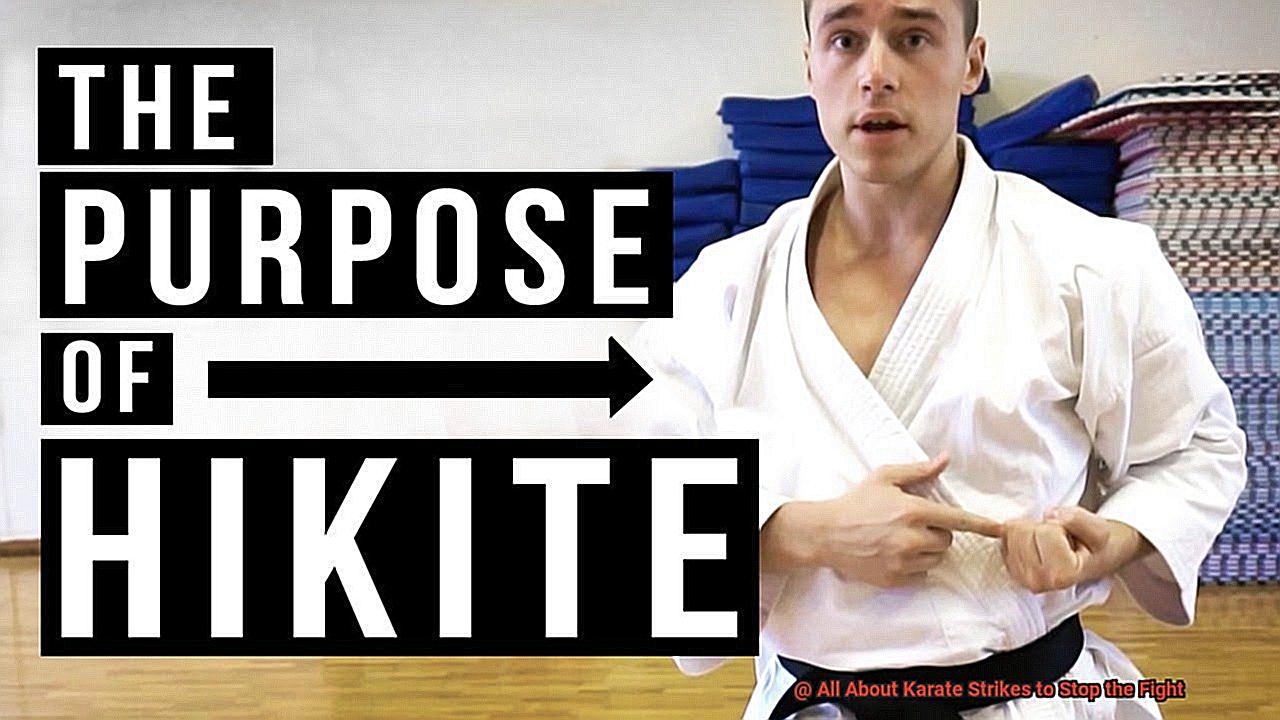
Karate strikes should only be used in self-defense situations as a last resort.
Types of Karate Punches
Karate punches are a powerful tool for self-defense and can be used to quickly end a fight.
There are several types of karate punches, each with its own unique purpose and range of application. The straight punch, reverse punch, hook punch, uppercut punch, and overhand punch are all common techniques that can be used to cause significant damage to an opponent.
The straight punch is the most basic and widely used karate technique. It is delivered with the lead hand extended out from the shoulder in a straight line, with the wrist kept straight for maximum impact.
The reverse punch is executed with the rear hand in a punching motion where the palm is faced down. The hook punch requires a slightly curved and rotated wrist to deliver high power with knuckles in a horizontal motion at mid-range.
The uppercut punch targets the chin and ribs with an upward movement from the hip and shoulder while the overhand punch is delivered in a looping motion towards the top of the head or back of the neck. Mastering these punches requires years of practice and dedication.
To ensure accuracy and efficiency while avoiding any injury to yourself or your opponent, it is important to learn from an experienced karate instructor.
Elbow Strikes and Knee Strikes
Karate is a martial art that emphasizes self-defense and combat techniques.
Elbow strikes and knee strikes are two of the most powerful and damaging strikes in karate, capable of quickly ending a fight with devastating force. Elbow strikes are especially effective because they allow the fighter to use their entire body weight to deliver the strike.
These blows can be delivered from various angles, targeting areas such as the temple, nose, or jaw. When executing an elbow strike, it is essential to keep the arm close to the body for maximum power and to protect against injury.
Knee strikes are also incredibly powerful, able to inflict serious damage on an opponent. Knee strikes can target both the groin and body, delivered with great speed and strength.
However, when using knee strikes it is important to maintain balance and aim for soft tissue areas instead of hard bone areas which may cause injury. In addition to their offensive capabilities, both elbow and knee strikes can also be used defensively.
Overall, elbow strikes and knee strikes are essential skills for any karate practitioner looking to defend themselves in combat situations.
Palm-Heel Strikes
Palm-heel strikes, known as Chudan-Teisho-Uchi in karate, are an invaluable tool for self-defense.
Using the bottom part of the palm, just below the base of the fingers, to strike an opponent can be a powerful way to stop them in their tracks. One advantage of using this technique is that it is less likely to cause injury to the hand than a closed fist punch.
This is because the palm provides a larger surface area for impact, thereby distributing the force over a wider area. It’s especially useful when the attacker is wearing protective gear or armor.
Palm-heel strikes can be used to target different parts of the body including the nose, chin, jaw and temple. A strike aimed at the chin or jaw can cause the head to snap back and disrupt balance – allowing for escape or counterattack.
Additionally, a strike to the temple can cause unconsciousness and end any attack. In karate there are various ways to execute a palm-heel strike: front palm-heel strike, back palm-heel strike, downward palm-heel strike and upward palm-heel strike.
Proper technique is crucial; coming from the entire body with hips and shoulders rotating for added power, while aiming for center of palm rather than its edge or heel which could cause injury. Blocking attacks in karate is also essential; Uchi-Uke, Soto-Uke (outward block) and Gedan Barai are all important techniques.
The defender must anticipate and quickly respond to attacker’s movements in order to deflect incoming attacks and create an opportunity for counterattack.
NwJZQ5gCHOw” >
Blocking Attacks in Karate
Karate is a complete system of self-defense that helps practitioners protect themselves from physical altercation.
Blocking is a crucial skill that can not only stop an attack, but also redirect the opponent’s energy, making them vulnerable to counterattack. The most basic blocking technique in karate is the “chudan uke” or middle-level block which involves using the forearm to intersect an attack aimed at the midsection of the body.
The “gedan barai,” another widely used blocking technique, uses the forearm to defend against attacks aimed at the lower part of the body. To shield against head or neck attacks, use “age uke” or upper block and for outside threats, use “soto uke” or outside block.
Advanced blocking techniques such as “uchi uke,” “shuto uke,” and more require years of training and practice to master. These techniques employ different parts of the body such as fists, elbows, palms, and feet to effectively block attacks.
Blocking attacks is an essential part of karate training; it allows practitioners to protect themselves from potential harm and redirect their opponent’s energy towards a successful counterattack.
Also Read: Is Karate Effective/Good for Self Defense? – Karate Maine Blog
Conclusion
Karate is a great way to protect yourself in a physical altercation.
This blog post explored all aspects of karate strikes, from why they work and how to use them effectively to the various types of punches and kicks you can use and the benefits of learning these techniques. We also discussed elbow strikes, knee injuries, palm-heel attacks, and blocking threats.
It’s important to remember that karate should only be used as a last resort in self-defense situations.

